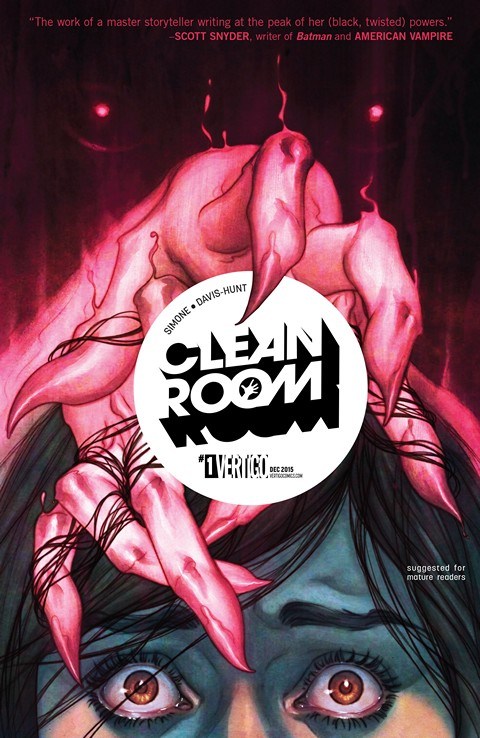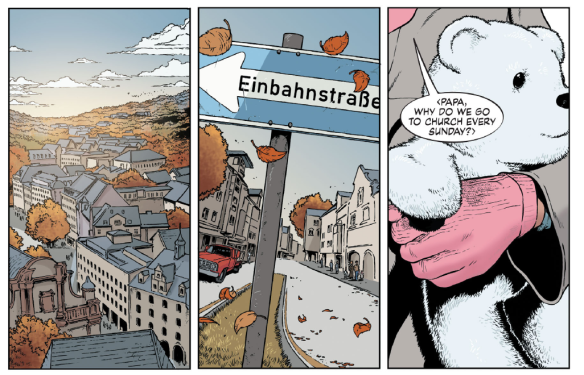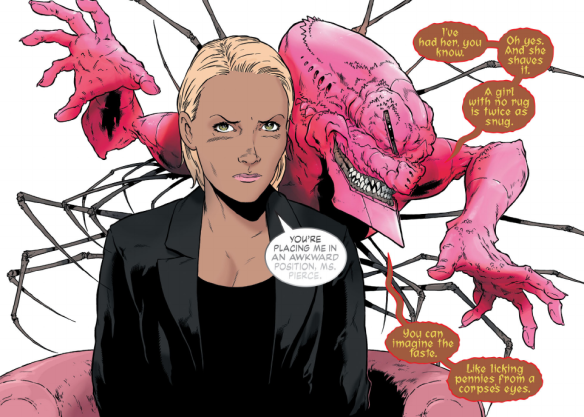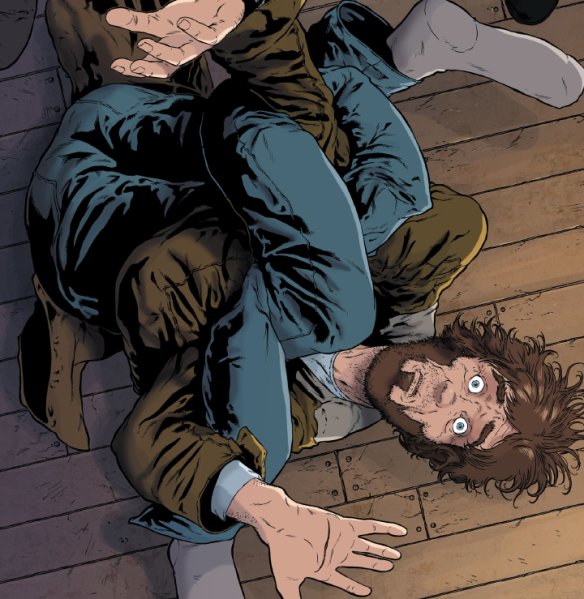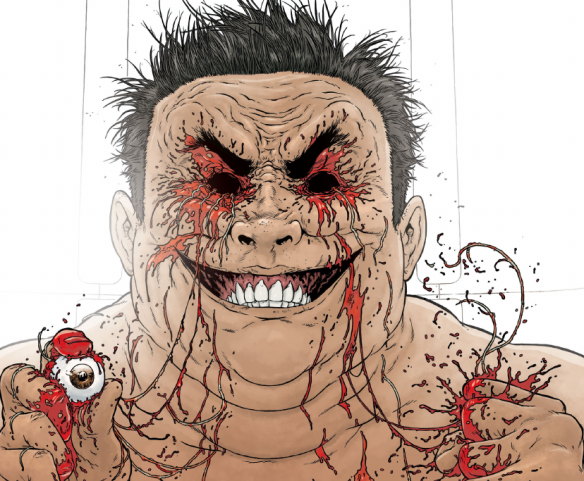The Star Wars Battlefront series (not the EA one) have always been my favourite Star Wars games, even now. That feeling of being one of the rank-and-file soldiers on the ground, fighting tooth and nail to gain ground, it’s amazing and makes you appreciate the common soldiers more. To me, Rogue One is close to an adaptation of that.
Rogue One tells the tale of how the Rebels come into possession of the Death Star plans, resulting in [40-YEAR OLD SPOILER ALERT] the destruction of the Empire’s planet-killing superweapon. [40-YEAR OLD SPOILER ALERT] A ragtag team of outcasts even by Rebellion standards, Jyn Erso (Felicity Jones) the daughter of Galen Erso (Mads Mikkelsen), a key Imperial scientist, Cassian Andor (Diego Luna) an intelligence officer in the Rebel forces, Captain Andor’s loyal reprogrammed Imperial droid K2-SO (Alan Tudyk), defecting imperial pilot Bodhi Rook (Riz Ahmed), blind warrior Chirrut Îmwe (Donnie Yen), and Chirrut’s companion-slash-bodyguard with a blaster the size of a Warhammer storm bolter Baze Malbus (Jiang Wen) goes rogue (get it?) to steal the Death Star plans and get it to the Rebels before the planet-killer can be used against them.
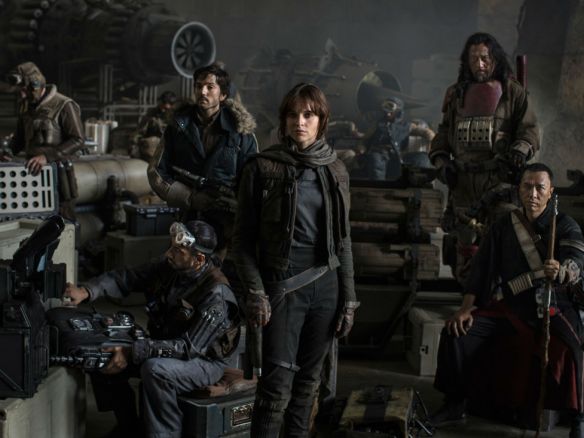
About to drop the hottest mixtape this side of the Outer Rim
The first thing that stands out from Rogue One is how it feels…grittier, and not in a bad way. We’re right there with the Rebels in the trenches and with the great chemistry of the cast, being attached to them is no tough feat. The stars of the day were truly the Alliance, the brave beings who laid down their lives in service to the cause. As their foil, Ben Mendelsohn is Orson Krennic, the director of the Empire’s advanced weapons research division, along with Guy Henry, with the help of CG to bring back the late, great Peter Cushing as Grand Moff Tarkin, and a special appearance by Darth Vader.
Without giving out too much of the plot, Rogue One manages to fit snugly in the canon etablished by the Original Trilogy without contradicting (to my knowledge) anything that isn’t already made non-canon. In its execution, the plot does have its cliches, but given the amazing chemistry of the ragtag band of Rebels and the great interaction between them, I don’t much mind. Emotionally, this movie hits all the beats. You’ll laugh, you’ll cry, you’ll drop your jaw in amazement, this movie has everything. Even when most of us know what’ll happen in the end, it still doesn’t help when the feels train hits. And it hits hard.
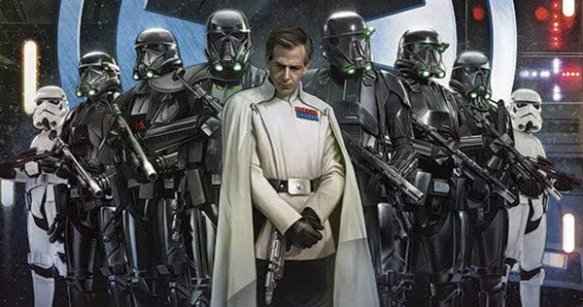
Trooper squad goals
For all the fanboys, this movie is LOADED with easter eggs. From Dejarik tables, references to classic lines, to little offhand mentions of canon characters from other media, it’s fanservice central up in here. They even pulled the “May the force of others be with you” line from the early 1974 rough drafts. Even the set designs echo a lot of the design cues from the Original Trilogy and some shots feel like they were lifted from the Original Trilogy, making it feel old yet new at the same time. As I’ve said and I’ll say it again, someone needs to line up all the Imperial architects out back and shoot them. Just about everything they build is a workplace accident waiting to happen. But damn if they don’t look cool!
That said, all the sameness, while I’m not complaining, would probably rub some people the wrong way. And I can’t help but feel K2-SO is like HK-47-lite, but maybe that’s just me being bitter. K2, along with Chirrut and Baze’s banter still stole the show for me.
Bottom line, Rogue One is just as it’s advertised, a Star Wars story. While it’s not a standard Star Wars movie, it’s fun, it’s heartwrenching, and by god, it’s awesome. Any opportunity to explore the galaxy far, far away is one that’s always welcomed to me.

